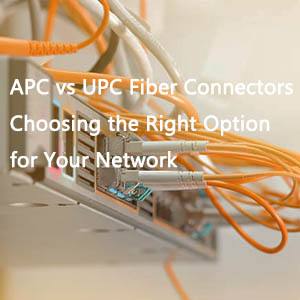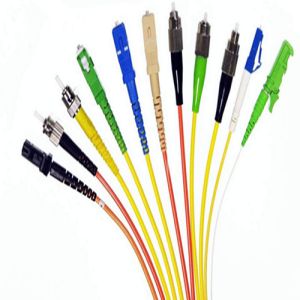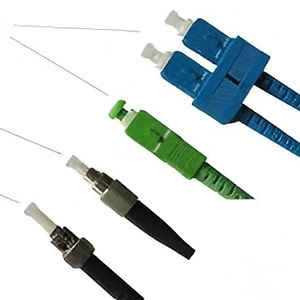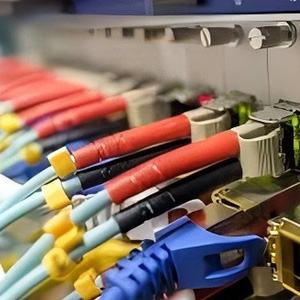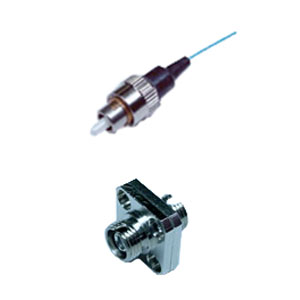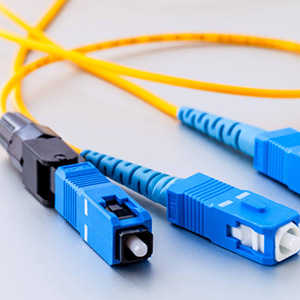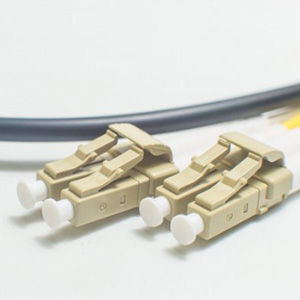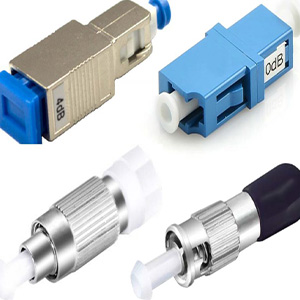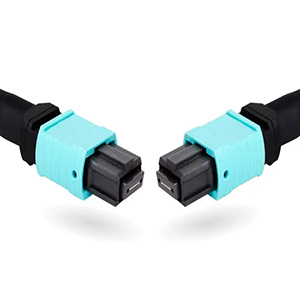ST (Straight Tip) adapters are widely used in fiber optic communication systems to connect two ST connectors. Known for their bayonet-style locking mechanism, ST adapters provide a reliable and secure connection, particularly in environments where ease of installation and frequent reconnections are required. This article provides an in-depth analysis of the advantages, disadvantages, working principles, suitable applications, and best practices for selecting ST adapters.
Working Principle of ST Adapters
The primary function of an ST adapter is to align and connect the ferrules of two ST connectors, enabling the efficient transmission of optical signals. The ST adapter consists of several key components:
- Housing: Typically made of metal or durable plastic, the housing provides structural support and protection for the internal components.
- Sleeve: Inside the adapter, a ceramic or metal alignment sleeve ensures that the optical cores of the connected fibers are perfectly aligned, minimizing insertion loss and return loss.
- Bayonet Locking Mechanism: ST adapters use a twist-and-lock mechanism, where the ST connector is inserted into the adapter and rotated to lock in place. This design allows for quick and secure connections, making ST adapters particularly useful in environments that require frequent setup changes.
During connection, the ST connectors are inserted into the adapter from opposite ends. The ferrules are aligned within the sleeve, and the bayonet mechanism locks the connectors securely. This ensures a stable connection, facilitating reliable optical signal transmission.
Advantages of ST Adapters
Ease of Use
- Quick Installation: The bayonet-style locking mechanism allows for fast and easy installation and removal, making ST adapters ideal for environments where connections need to be frequently changed or reconfigured.
- Secure Connection: The twist-and-lock design ensures a secure and stable connection, reducing the risk of accidental disconnection or signal disruption.
Robustness and Reliability
- Mechanical Durability: ST adapters are known for their robust construction, which provides excellent durability and longevity, even in environments with frequent use.
- Low Insertion Loss: High-quality ST adapters offer low insertion loss, typically around 0.2 to 0.3 dB, which is crucial for maintaining signal integrity, especially in short to medium-range applications.
Versatility
- Compatibility: ST adapters are compatible with both single-mode and multimode fibers, making them versatile for use in a variety of network environments.
- Widespread Use: ST adapters are widely recognized and used in many different industries, making them a reliable choice with broad support and availability.

Disadvantages of ST Adapters
Bulkiness
- Larger Size: ST adapters are generally bulkier than newer connector types like LC or SC, which can be a disadvantage in high-density networking environments where space is limited.
Susceptibility to Dust and Contamination
- Open Ferrule Design: The open ferrule design of ST connectors and adapters makes them more susceptible to dust and contamination, which can degrade signal quality over time if not properly maintained.
Limited High-Density Applications
- Space Constraints: Due to their size, ST adapters are not ideal for applications where high port density is required, such as in modern data centers that use smaller form factor connectors like LC.
Suitable Applications for ST Adapters
ST adapters are best suited for applications where ease of use, reliability, and quick installation are prioritized. Typical applications include:
- Local Area Networks (LANs): In environments where network configuration changes are frequent, and ease of connection is critical.
- Test and Measurement Equipment: ST adapters are often used in test labs and field testing scenarios due to their durability and ease of reconnection.
- Industrial Networks: Where the robustness of the connection is important, such as in manufacturing plants or other industrial environments.
- Telecommunications: Particularly in legacy systems or where compatibility with existing infrastructure is required.
Best Practices for Selecting ST Adapters
When choosing ST adapters, consider the following factors to ensure optimal performance for your specific application:
Insertion Loss
- Specification: Select ST adapters with the lowest possible insertion loss to maintain signal strength and minimize potential data transmission issues. Aim for adapters with an insertion loss of less than 0.3 dB.
Return Loss
- Specification: Choose adapters with high return loss (e.g., >40 dB for multimode, >50 dB for single-mode) to reduce signal reflections and improve overall network performance.
Material Quality
- Housing and Sleeve: Opt for adapters with metal housings for better durability and ceramic sleeves for precise fiber alignment, which contribute to long-term performance and reliability.
Environmental Resistance
- Dust and Contamination: Consider adapters with protective features or use additional dust caps to mitigate the risk of contamination, especially in environments prone to dust or debris.
Compatibility
- Connector Type: Ensure that the ST adapter is compatible with the specific type of ST connectors being used, particularly regarding the polish type (PC, UPC, or APC), as mismatches can lead to increased signal loss.
Application-Specific Considerations
- Density Requirements: For environments where space is a constraint, consider whether the bulkiness of ST adapters is manageable, or if an alternative connector type might be more suitable.
- Maintenance and Reliability: Evaluate the ease of maintenance, particularly in environments where the connections will be frequently made and broken.
Conclusion
ST Adapters continue to play a vital role in fiber optic communication systems, particularly in environments where ease of use, reliability, and quick installation are essential. While they have some drawbacks, such as bulkiness and susceptibility to dust, their advantages in certain applications make them a solid choice. By carefully considering factors such as insertion loss, return loss, material quality, and environmental resistance, you can select the right ST adapter to ensure optimal performance In Fiber-Life, and long-term reliability in your fiber optic network.


